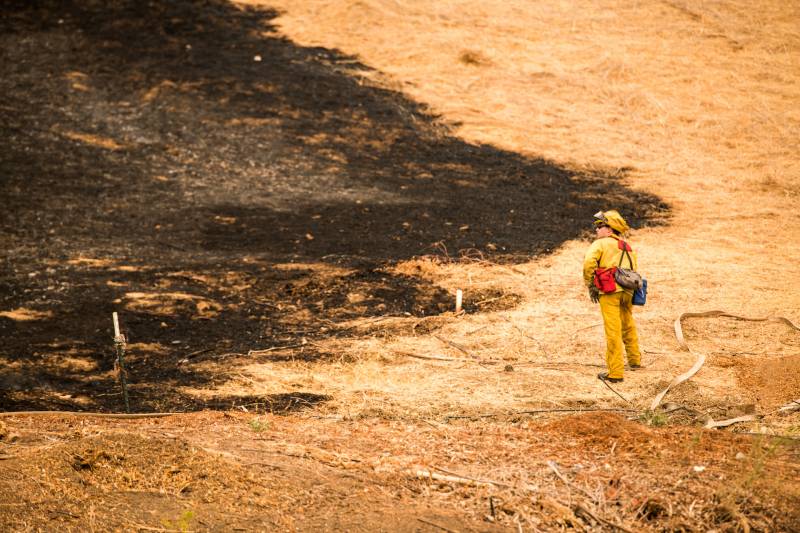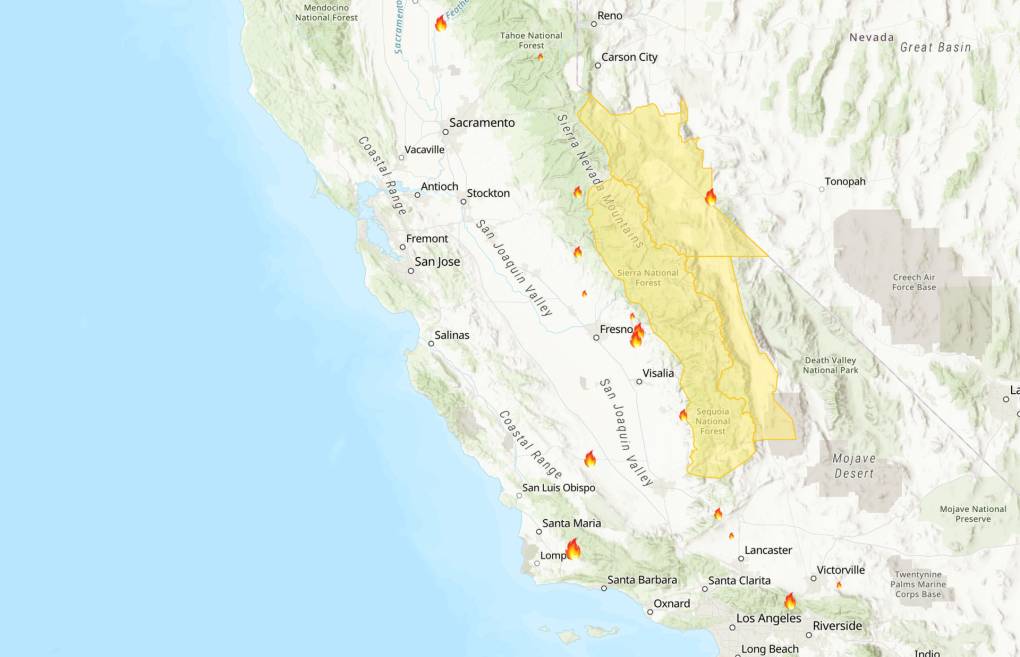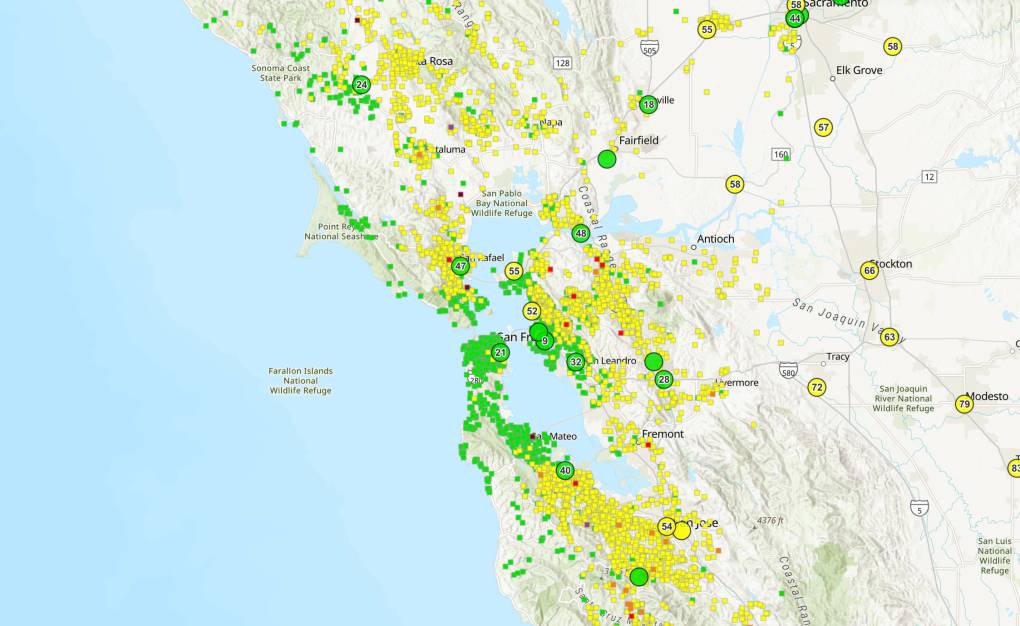Lightning strikes last weekend sparked hundreds of fires burning throughout California. Wildfires continue to burn, causing evacuation orders and sending smoke throughout the Bay Area. Three groups of fires burning south, east and north of San Francisco are forcing thousands to evacuate and have killed at least five.
Saturday, Gov. Gavin Newsom announced President Donald Trump moved to unlock federal assistance for Californians experiencing wildfires.
Trump approved California’s request for a Presidential Major Disaster Declaration, unlocking federal emergency funds for the state, and making counties impacted by wildfires eligible for crisis counseling, housing and unemployment assistance and legal services, according to Newsom’s office.
“Thank you to the President for your partnership and granting this urgent Major Disaster Declaration,” Newsom said, in a statement. “These are unprecedented times and conditions, but California is strong — we will get through this.”
Meanwhile, more lightning may be on the way.
The National Weather Service issued a “red flag warning” across the entire San Francisco Bay Area and Central Coast, warning that fast-moving storms and dry lightning may strike between 5 a.m. Sunday, and 5 p.m. Monday. The storms will have “limited moisture.”
Those dry lightning strikes may lead to an “increase in wildfire starts in proximity to thunderstorms,” according to the weather service.
Also Saturday, Cal Fire Chief Sean Kavanaugh said the LNU complex in the North Bay Area is now the second-largest wildfire in state history. The SCU complex burning in Santa Clara and neighboring counties is the third.



